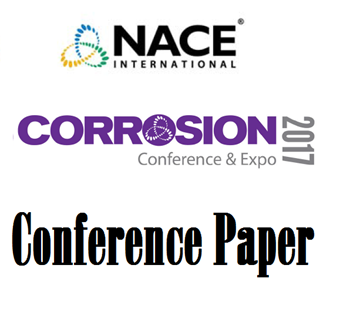Search
51317--9776-MIC-Resistant HDPE Lining for Seawater Applications
Also Purchased
Cathodic Protection and MIC - Effects of local electrochemistry
Product Number:
51317--9452-SG
ISBN:
9452 2017 CP
Publication Date:
2017
$20.00
51316-7347-Quantifying the Risk of MIC
Product Number:
51316-7347-SG
ISBN:
7347 2016 CP
Publication Date:
2016
$20.00
07244 Mitigation of Galvanic Corrosion in Seawater Piping Systems
Product Number:
51300-07244-SG
ISBN:
07244 2007 CP
Publication Date:
2007
$20.00
Recently viewed




